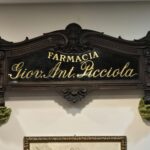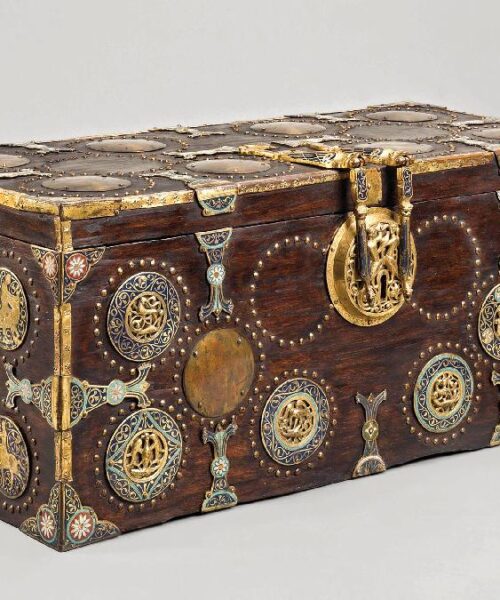
During a trip organized by the Friends of the Museums of Vercelli, as we approached the Violin Museum, the streets of Cremona turned into an open-air art gallery, revealing details of a reality often overlooked to the attentive passerby. In this context, almost unexpectedly, a mural laden with cryptic meanings emerged, escaping the notice of those without keen eyes. The Lombard city, known for its historical and cultural heritage, became the bearer of a cryptic message, a visual anachronism in an everyday setting.
The words “WAR IS PEACE. FREEDOM IS SLAVERY. IGNORANCE IS STRENGTH” seem to dance in a macabre waltz on the ocher-colored walls, a distorted echo of Orwellian themes. Ironically, their impact appears almost stifled by a more banal and prosaic sign forbidding the parking of mopeds. In an era where information is ubiquitous but knowledge is superficial, the mural challenges the observer to ponder how deep their desire to understand truly is, to delve beneath the surface of the words.
The crowd moves along, distracted, immersed in their daily thoughts, ignoring the call to reflection etched on the wall. Among these passersby, only a small minority stops, questions, and attempts to decipher the code of these words filled with dissonance. After all, how many really have the tools or the will to delve deeper, to meditate on the weight of these dramatically relevant concepts? The mural in Cremona remains a subtle warning, an invitation not to settle for a cursory glance, to seek the truth beyond appearances.
The mural in Cremona speaks a language of contrasts and paradoxes. The words inscribed on the wall, “WAR IS PEACE. FREEDOM IS SLAVERY. IGNORANCE IS STRENGTH,” form a manifesto of dissonances, evocative of George Orwell’s novel “1984,” where “newspeak” is a tool for controlling and manipulating reality. In this contradictory language, terms lose their original meaning and become vehicles of power that placates and dominates the masses.
Below, the no-moped sign appears grotesquely out of place, or perhaps perfectly at home in a world that has abandoned the search for coherence. The mural challenges the observer to recognize the ambiguity of truth in an era where certainties are elusive.
Among the streets of Cremona, this visual cry is an invitation for the visitor not to passively accept the paradoxes of a complex world, but to exercise the critical thinking and discernment that are increasingly necessary. While daily life goes on undisturbed, the implications of such a work remain, suggesting that, despite the urgency of the message, very few actually stop to reflect, to try to understand beyond the surface. This is the challenge the mural presents: not just to see, but to look; not just to hear, but to listen.











